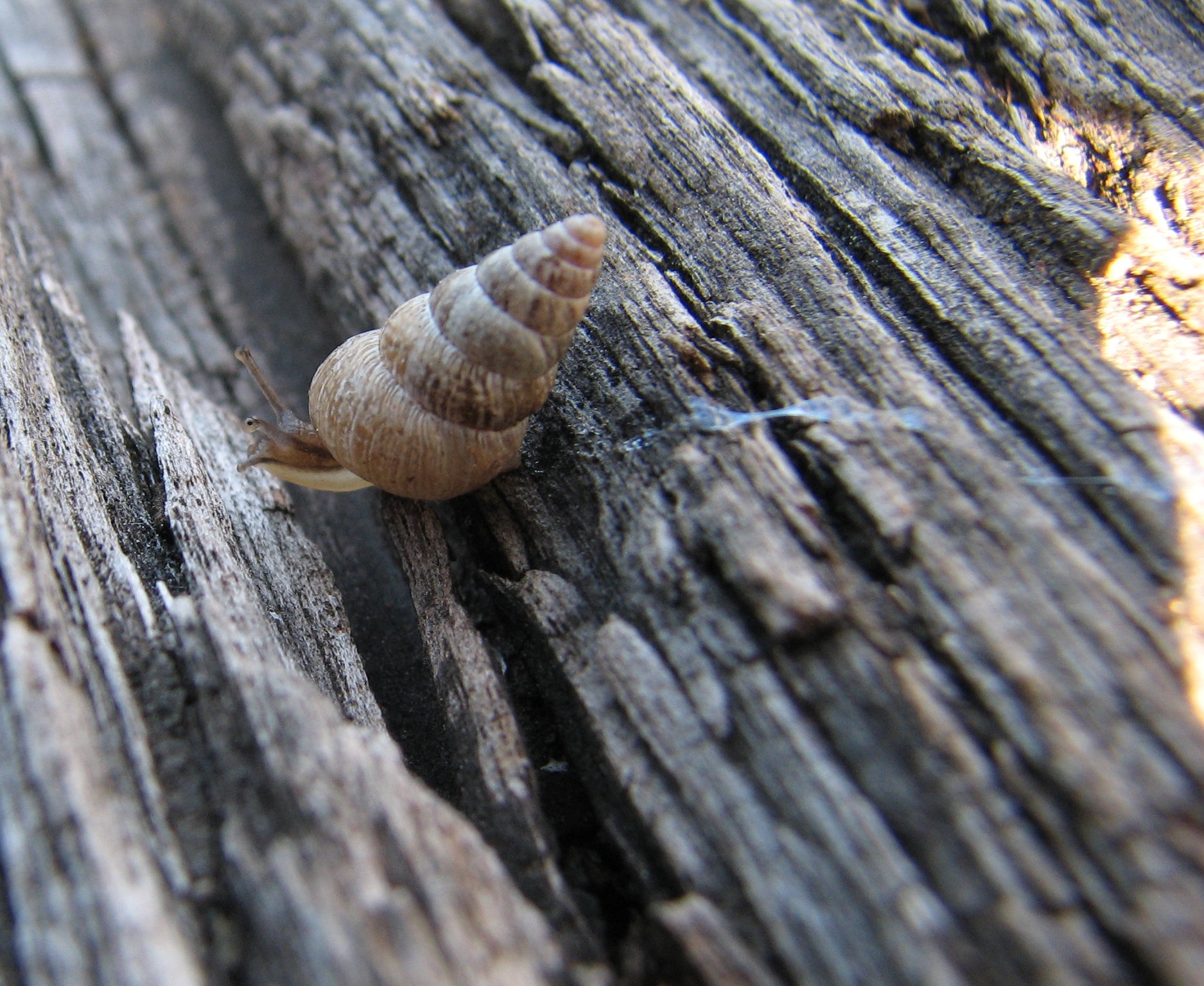Adaptation
Like other terrestrial land snails, Lobosculum pustula has undergone numerous adaptations in order to successfully live and reproduce on land. Unlike aquatic snails, land snails have to deal with limited water availably, thus much of their adaptations are concerned with preventing desiccation and breathing dry air (Nordsieck, 2011). The following are major adaptations land snails have undergone:
-
The gill (ctenidium) has been reduced or completely replaced by air breathing lungs (Nordsieck, 2011).
-
The mantle (aided by a system of blood vessels) allows efficient oxygen intake and prevents evaporation through regulation acomplished by using a ring muscle (Nordsieck, 2011).
-
They are specialized in readily taking up and retaining moisture (Nordsieck, 2011).
-
The shell provides the best protection against desiccation and predators (Nordsieck, 2011).
-
Behavior adaptations to prevent moisture loss include finding a good hiding place and attaching themselves the stem of vegetation, or digging into the ground, and sealing their shell with a coat of dried mucus (Nordsieck, 2011).
-
Locomotion is done so that discontinuous trails of slime are laid on the ground and the snails "jumps" from one spot to the next, leaving a dotted trail of slime (Nordsieck, 2011).
Figure 1. The slime trail of Cochlicella barbara, an air-breathing pulmonate gastropod mollusc in the family Cochlicellidae.
-
Under moist conditions the locomotion of snails is less energy costly. The trail of an air-breathing land snail (Cochlicella barbara) of the family Cochlicellidae is shown crawling in Figure 1.
Visit the Nutrition page
Return to the Home Page
